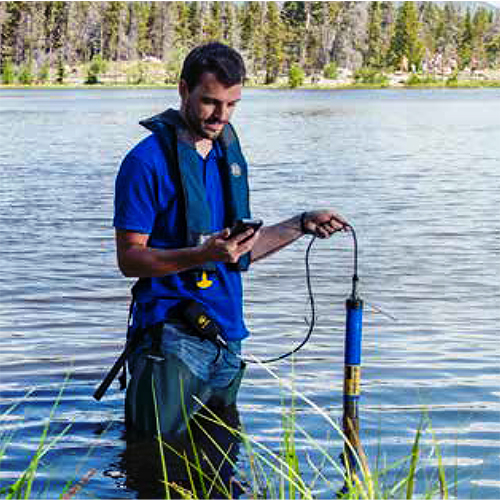Telemetry can make your Continuous Environmental Monitoring easier. What should you know about it?
We recently published an in-depth technical article on the use of telemetry in Environmental Monitoring applications, including a series of user-based applications to help better understand the benefits of these technologies. But what do you need to know about telemetry? Read below for an excerpt from “Are Smart Technologies Worth It?” for what you need to consider.
“Beyond automating sample grabs, telemetry— the use of in-situ collection for the automatic recording and transmission of data from remote or inaccessible sources to an IT system in a different location for monitoring and analysis—can further boost the benefits of construction monitoring.
Criteria to Consider
- What are its communication options—cell or satellite?
It’s helpful to have multiple methods available within a product network so you can take advantage of more affordable cellular data costs where available. Availability of Iridium, Globalstar or GOES within the platform is critical in Canada due to significant geographical areas without cellular signal.
2. What are your power consumption requirements?
Figure out your power needs and choose power-use efficient transmitter system. Consider options with solar charging system to back up the battery array. In remote locations, size may not be as important, however in rural and urban environments, having a system that is easy to hide or harder to notice will increase its lifespan. Large bulky systems with enclosures and big solar panels can be prone to theft or vandalism. There is significant advantage to systems that can be installed in enclosure that looks like 2-4” piping.
3. How big/bulky is your system?
In remote locations, size may not be as important, however in rural and urban environments, having a system that is easy to hide or harder to notice will increase its lifespan. Large bulky systems with enclosures and big solar panels can be prone to theft or vandalism. There is significant advantage to systems that can be installed in enclosure that looks like 2-4” piping.
4. Is it compatible with your data collection systems?
Ensure the solution is addressing any issues related to compatibility with proprietary client-owned data collection systems. Open communications protocols solutions easily integrate with sensors and telemetry systems where multiple manufacturers are required within one system. Starting fresh? Considering adopting new open-source systems, such as HydroVu, that can future-proof compatibility concerns with programming that accepts multiple sensor platforms.
Read the Full Article Here.
Contact us for more information | Sign up for a MY RICE Account | Sign up for the RICE Newsletter








